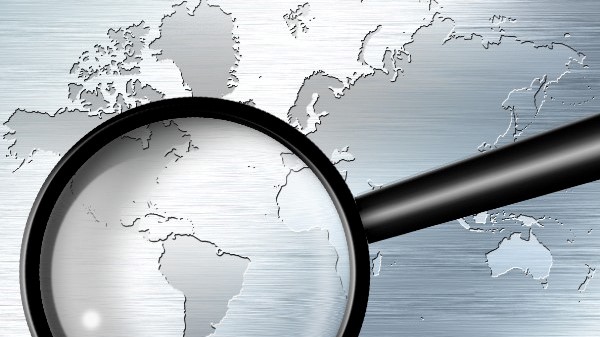
The Risks of Chinese Engagement in the Americas
In the past two decades, People's Republic of China-based companies have invested $160 billion in Latin America. 21 of our neighbors there have pledged themselves to China’s “Belt-and-road Initiative.”
The PRC is attempting to “rewire” the region to its own economic benefit, securing access to commodities and markets, capturing the value added for itself, focusing on “connectivity.”
In the port sector, PRC-based companies are involved in 40 major projects.
China has built multiple wind, solar and hydroelectric facilities, albeit with problems. Ecuador’s Coca Coda Sinclair dam, for example, had over 7,600 cracks, plus caused massive erosion, rupturing one of the nation’s major oil export pipelines.
In Chile, PRC-based companies control an unprecedented 57% of electricity distribution.
Growing PRC presence in digital architectures is an intelligence concern, given China’s history of intellectual property theft and cyberespionage. In December 2021, Microsoft exposed hacking by PRC-based Nickel, whose targets included companies in 16 Latin American countries.
In telecommunications, Huawei has grown its Latin American presence for two decades, and is now poised to dominate its 5G networks.
PRC-based companies play a growing role in the region’s eCommerce, including Alibaba, and the Fintech company NuBank.
The Chinese rideshare company DiDi Chuxing, has half of the market in Latin America, capturing data on passenger movement, and finances.
Chinese surveillance and control systems such as ECU-911 and BOL-110 capture similar sensitive data, as do the 10 PRC-built “smart cities,” presently in the region.
PRC-based Hikvision has taken over Syscom, Mexico’s largest security systems company.
The airport scanners from China’s Nutech capture data on the devices that pass through them.
In Chile, PRC-based Aisino almost won the right to manage the country’s Civil Registry.
In Argentina, a PLA-operated deep-space radar may capture communications from passing satellites.
The PRC further promotes its interests through Latin American institutions. IADB President Mauricio Claver-Carone has called out PRC for use of its bank membership to win contracts for Chinese firms.
In security engagement, the PRC is a significant provider of military goods to the region, including fighters, transport aircraft and radars for Venezuela, helicopters and armored vehicles for Bolivia, and military trucks for Ecuador.
Argentina may acquire the FC-1 fighter, the most advanced PRC aircraft yet sold to the region.
Officials within the PLA naturally plan for how they would use Latin America in a future war, leveraging the knowledge and relationships they build today to do so. To this end, the PLA has made 20 military deployments to the region, and PLA leaders have visited 200 times since 2000.
In People-to-people diplomacy, China’s 44 Confucius Institutes attract those with the interest to learn Chinese, bringing the best to study in the PRC on Hanban scholarships, after which some secure China-facing positions in their own governments. The 2022-2024 China-CELAC plan promises 5,000 such scholarships for Latin American students.
The PRC also engages the region’s academics, journalists, politicians and officials through luxurious paid trips to China.
In pursuing its interests in the region, China acts as an “incubator of authoritarian populism,” providing loans, investments, and commodity purchases, that give liquidity to anti-democratic actors as they consolidate power.
China also provides the mechanisms to help its authoritarian friends stay in power. In Venezuela, China’s CEIEC helped the Maduro regime to spy on the opposition. In Cuba, Huawei technologies helped cut off protesters from the outside world during the July 2021 uprising.
With respect to Taiwan, eight of the last 14 countries that recognize the ROC are in the Western Hemisphere. Each “flip” facilitates the expansion of China’s activities in that country, through the signing of non-transparent MOUs.
The PRC strategically benefits from Russia’s provocative actions in the region, most recently, its threat to deploy military forces, whether or not China and Russia coordinate on these matters.
What can U.S. legislators and policymakers do? The following five steps should guide our engagement:
- Help our partners engage the PRC with transparency, on a level playing field, through strong institutions.
- Exclude Chinese vendors from sensitive digital domains, yet provide viable alternatives to the PRC.
- Support better government databases on the performance of the PRC and its companies.
- Re-think rules that constrain the agility of agencies like DFC to provide alternatives.
- Fully leverage the June 2022 Summit of the Americas to advance a bold and resource-backed approach to partnership with the region.



